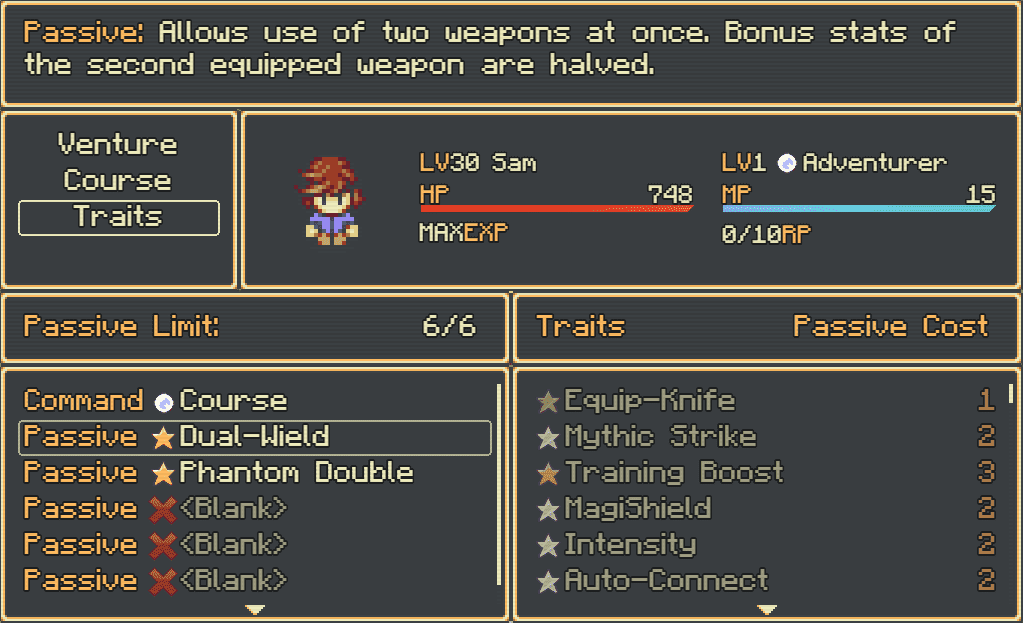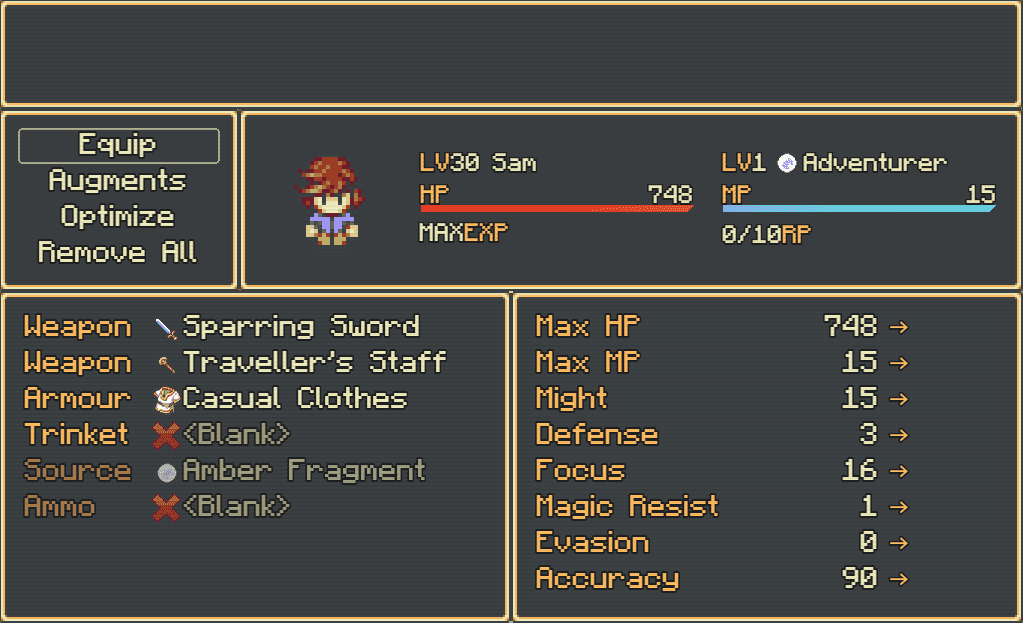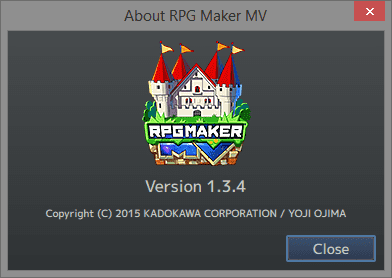The Defold game engine has been in my bookmarks folder for months now, but I’ve only just recently started to make things with the engine.
Defold fits a number of my criteria for a great game engine:
- It exports to the web, and performance in the browser is actually good!
- It effortlessly exports to all other platforms too
- It’s well suited for 2D games (the editor can plop down objects at nice round X and Y coordinates)
- It’s free and open-source (technically there are limitations in the Defold license, but nothing that affects making games)
- It’s extremely well maintained with monthly updates
However, I was initially put off by the use of Lua as its scripting language. I had never used Lua, so that was a barrier to entry. It’s also a dynamically typed language, which is a pain to debug.
Then I discovered the TypeScript community extensions (@ts-defold) for Defold. These tools allow using Defold with TypeScript, a strongly typed language that I already know and enjoy.
It turns out I’m more productive working on tools than games, so here’s what I’ve done so far:
- Created a TypeScriptToLua (TSTL) plugin that will strip the last extension from files that have multiple extensions. This is used to handle Defold’s specific file extensions, so a file name like `player.script.ts` is output to `player.script` instead of the incorrect `player.script.lua`. This plugin can replace the patch file that come with @ts-defold, so you’re no longer locked to early versions of TSTL.
- Tweaked the type definitions for the Defold game engine from @ts-defold/types. I’ve been slowly describing more of the types that were left as unknown in the original output. I’m not sure how useful this is to the average developer, but I find it satisfying.
- Created type definitions for @britzl’s new boom framework.
- Created a project template that includes all of the above.
- Created type definitions for @thejustinwalsh’s xmath framework. The comments are copied from Defold’s vmath library, so I’m not sure they’re 100% accurate to xmath’s implementation, but they seem pretty close.
I also played around with using Chat-GPT to generate some native extensions. My C++ knowledge is limited, but I was able to cajole the AI into creating something that actually works.
- Math library with clamp and round functions
- String library with a variety of convenience methods
- Pseudo-random number generator based on mulberry32
There are already community extensions that cover these use cases, so I doubt my libraries will see much use. Still, it’s fun to see how easy it is to extend the engine, despite being a complete newcomer.
Clones of Vampire Survivors are in the zeitgeist now, so I’m currently trying to create a really simple one of those. I’ll open-source the whole project when it’s done.



